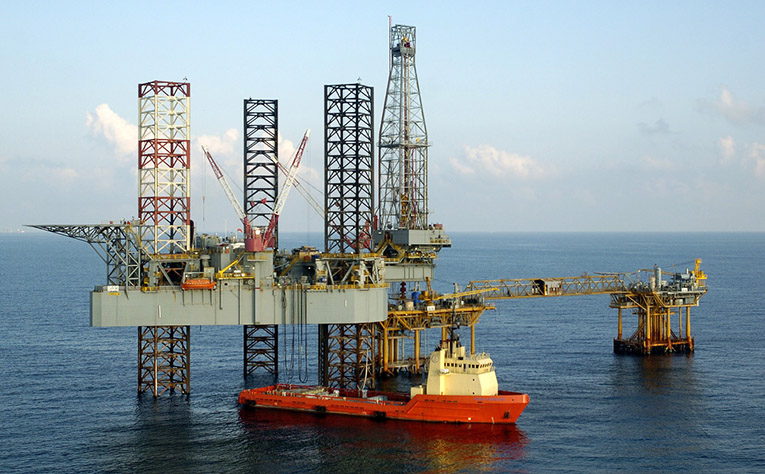Gulf of Mexico oil producers are consolidating at a faster rate, primarily due to the pandemic; U.S. government data shows, quoted by Reuters. Crushed prices and a tight demand pushed out of the region a number of smaller drillers, once seen as the future of the industry.
Firstly, this scenario has contributed to the consolidation of major companies and top producers in the Gulf of Mexico. In addition, from the pandemic, other factor at play is the disruptive hurricane season, that pushed smaller producers out of offshore fields, and slipping to bankruptcy.
Secondly, the top producers in the Gulf of Mexico currently are: Royal Dutch Shell, BP, and Chevron. The trio pumped around 86% of the regions output of 1,6 million barrels per day; that is 11% increase from 2017; data from regulator Bureau of Safety and Environmental Enforcement (BSEE) shows.
On the other hand, two smaller producers, Fieldwood Energy and Arena Energy, fell into bankruptcy in 2020; as crude oil prices plummeted. Arena emerged with its debt extinguished and a reduced drilling program. However, the U.S. suspension of offshore auctions “has certainly chilled any potential investors,” said Michael Minarovic, chief executive.
Thirdly, U.S. energy experts quoted by Reuters, forecast output will return to its peak of 1.9 million bpd by 2022. In this regard, majors are increasing output; BP plans its first production early next year, on a 140,000-bpd project; while Shell recently approved a 100,000 bpd field that will begin producing in 2024.
Also recommended for you: Oil prices drop 3% after plunging oil demand in China. Click here to read.
Majors to increase production at Gulf of Mexico
Moreover, Chevron Chevron is preparing to tap a super-high pressure field that could pave the way for a series of new wells; said Neil Menzies, Chevron’s general manager of capital projects for its Gulf of Mexico business unit.
In addition, the consolidation of majors, while smaller producers plunge is substantial. In fact, the numbers of producers in the Gulf of Mexico decreased to 49, from original 60 five years ago. Financing for smaller firms has dried up, leaving future wells in the hands of big operators that can self-finance operations.
Furthermore, about such matters, Ryan Smith, senior director of commodity research, at energy data provider East Daley Capital, said. “The amount of regulation and overhead makes it difficult for smaller companies to stay competitive.”
Finally, majors are already planning to increase their investment on the region, to further solidify their position; Shell, and others, plant to increase investment, in order to better leverage the region’s advantages; like its proximity to onshore activity and refineries.


